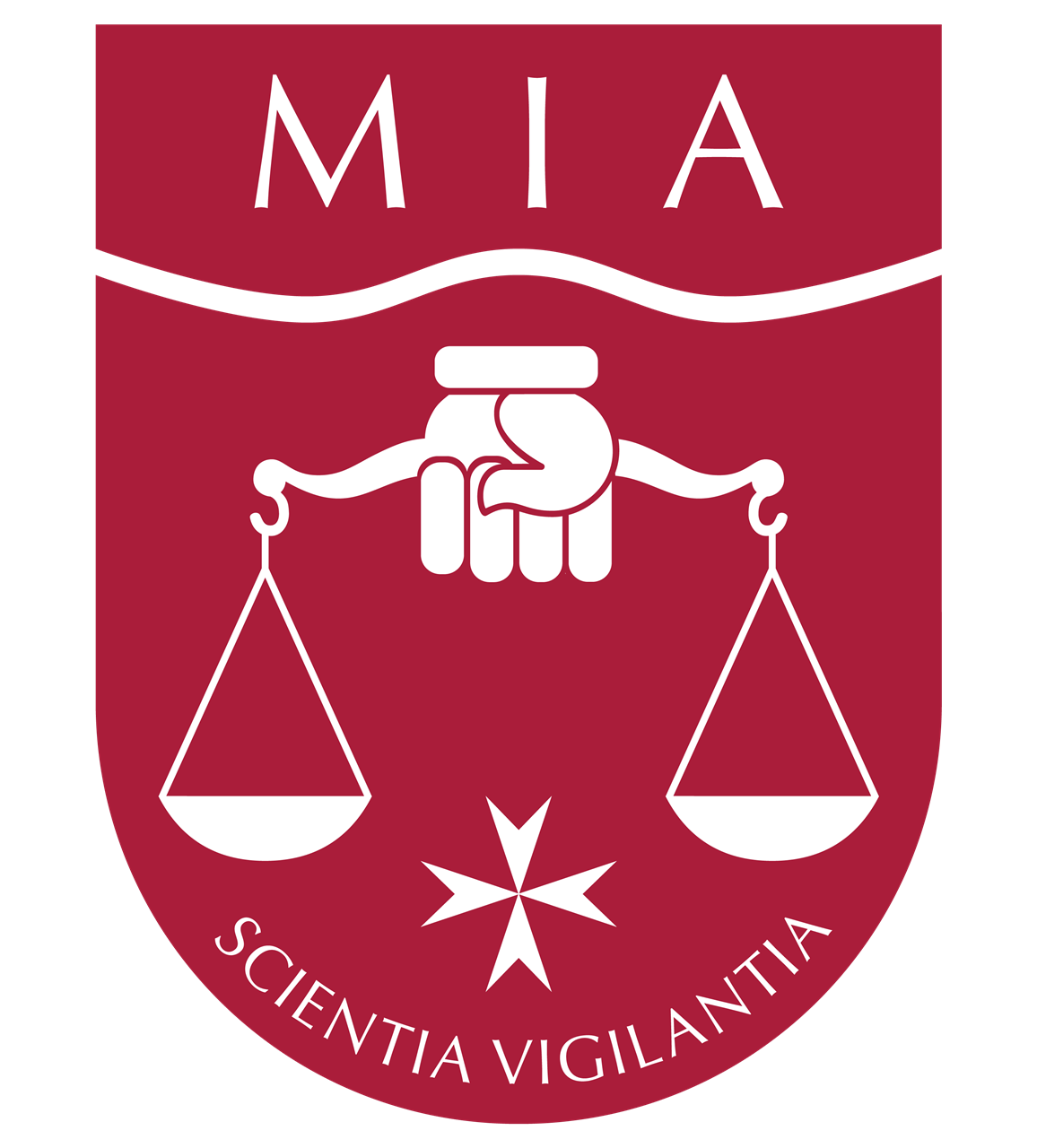Menu
Log in
The accountant - Issue 1 of 2021 |
 | Recent News
| Suite 4, Level 1, Tower Business Centre, Tower Street, Swatar, BKR 4013, Malta E-mail: info@miamalta.org Tel. +356 2258 1900 |
© MALTA INSTITUTE OF ACCOUNTANTS, 2024 |
We use cookies to personalise content and ads, to provide social media features and to analyse our traffic. We also share information about your use of our site with our social media, advertising and analytics partners. Read More
The accountant - Issue 1 of 2021 |
 | Recent News
| Suite 4, Level 1, Tower Business Centre, Tower Street, Swatar, BKR 4013, Malta E-mail: info@miamalta.org Tel. +356 2258 1900 |
© MALTA INSTITUTE OF ACCOUNTANTS, 2024 |
